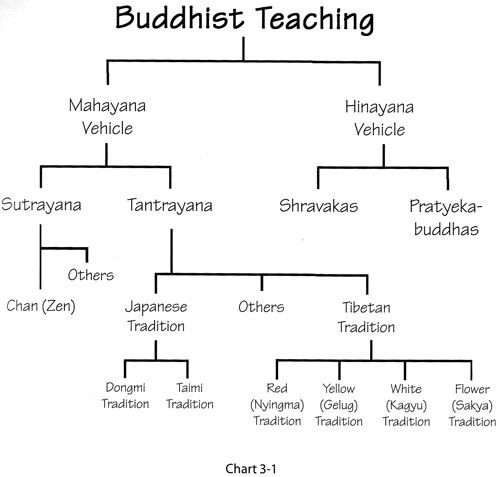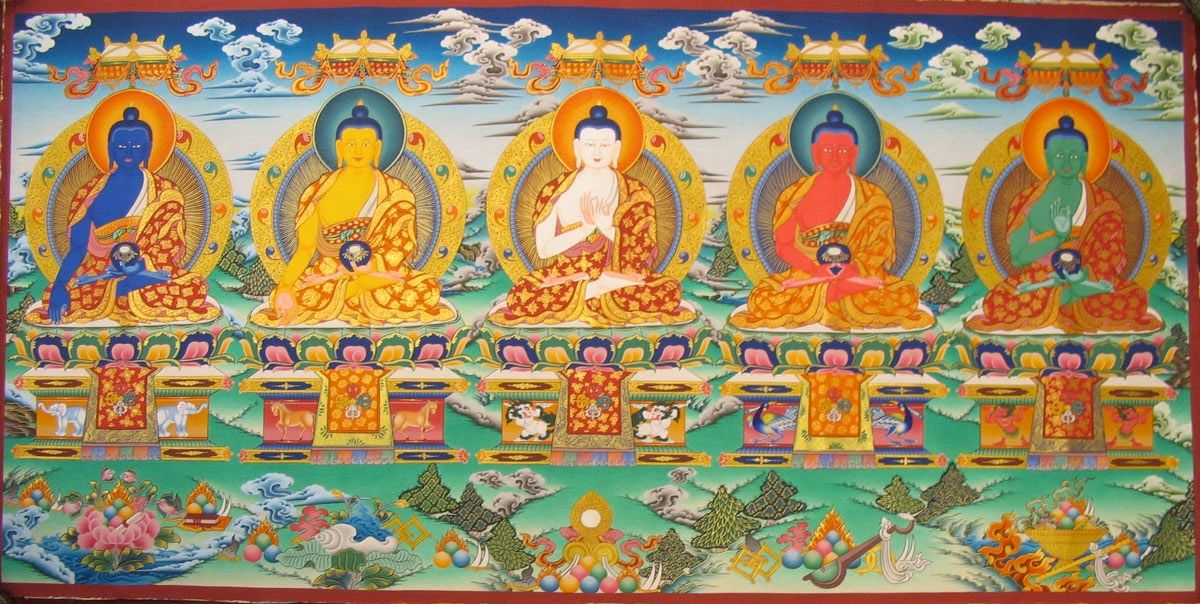When we think of yoga, many of us picture serene poses, deep breaths, and a sense of calm. But yoga is so much more than just physical postures. It’s a profound system for living a meaningful, balanced life. And one of the most influential guides to this system comes from the ancient sage Patanjali, who introduced the world to Ashtanga Yoga – the eight-limbed path of yoga.
At Masi Wellness, we believe in exploring the roots of wellness practices to help you connect with their true essence. Today, let’s dive into the heart of Ashtanga Yoga, unpack its eight limbs, and see how this timeless framework can transform your life – on and off the mat.
What is Ashtanga Yoga?
Ashtanga Yoga, often referred to as the “eight-limbed path,” is a holistic system outlined by Patanjali in the Yoga Sutras. Written over 2,000 years ago, this text remains one of the most comprehensive guides to understanding the philosophy and practice of yoga.
The word Ashtanga comes from the Sanskrit words ashta (eight) and anga (limbs). Together, they form a roadmap for living a life of purpose, discipline, and inner peace. Unlike the physical-focused yoga styles popular today, Ashtanga Yoga is a complete lifestyle framework that addresses every aspect of human existence – from ethical living to meditation and self-realization.
Who was Pantanjali?
Patanjali is often regarded as the father of classical yoga, known for his influential work, the Yoga Sutras. This text serves as a guide to living a meaningful and purposeful life, offering wisdom and insights rather than strict rules. It provides a framework for achieving inner freedom and remains relevant thousands of years after its creation.
The Eight Limbs of Ashtanga Yoga
Patanjali’s eight limbs are not steps to be mastered in order but interconnected practices that support and enhance one another. Let’s explore each limb and how it can enrich your life.
1. Yama: Ethical Guidelines
The first limb, Yama, focuses on how we interact with the world around us. It’s about cultivating moral integrity and living in harmony with others. The five Yamas are:
- Ahimsa (Non-violence): Practicing kindness and compassion toward all living beings.
- Satya (Truthfulness): Being honest in thought, word, and action.
- Asteya (Non-stealing): Respecting others’ possessions, time, and energy.
- Brahmacharya (Moderation): Using your energy wisely and avoiding excess.
- Aparigraha (Non-possessiveness): Letting go of greed and attachment.
Why it matters: The Yamas remind us that our actions have consequences. By living ethically, we create a foundation of trust and peace in our relationships.
2. Niyama: Personal Observances
While Yamas guide our external behavior, Niyama focuses on our inner world. These are personal practices that nurture self-discipline and spiritual growth. The five Niyamas are:
- Saucha (Purity): Keeping your body, mind, and environment clean.
- Santosha (Contentment): Finding joy in what you have.
- Tapas (Discipline): Cultivating perseverance and self-control.
- Svadhyaya (Self-study): Reflecting on your thoughts and actions.
- Ishvara Pranidhana (Surrender to a higher power): Trusting in something greater than yourself.
Why it matters: The Niyamas help us build a strong inner foundation, fostering resilience and self-awareness.
3. Asana: Physical Postures
This is the limb most familiar to modern yogis. Asana refers to the physical postures practiced in yoga. But here’s the twist: Patanjali viewed asana as a means to prepare the body for meditation, not as an end in itself.
Why it matters: A strong, flexible body supports a calm, focused mind. Through asana, we learn to sit comfortably and steady our thoughts.
4. Pranayama: Breath Control
Pranayama is the art of controlling the breath. In yoga, breath is seen as the bridge between the body and mind. Some well-known techniques include: (a) Nadi Shodhana (Alternate Nostril Breathing) – Balances energy and calms the mind. (b) Bhastrika (Bellows Breath) – Increases vitality and awakens inner fire. (c)Ujjayi (Victorious Breath) – Soothes the nervous system and enhances focus. Techniques like these help regulate energy and calm the nervous system.
Why it matters: When you control your breath, you control your mind. Pranayama is a powerful tool for reducing stress and enhancing focus.
5. Pratyahara: Withdrawal of the Senses
Pratyahara is about turning inward. It’s the practice of withdrawing your attention from external distractions and focusing on your inner world. Think of it as unplugging from the noise of daily life.
Why it matters: In a world full of distractions, Pratyahara helps us reconnect with ourselves and find inner stillness.
6. Dharana: Concentration
Dharana is the practice of single-pointed focus. Whether it’s focusing on your breath, a mantra, or a candle flame, this limb trains the mind to stay present.
Why it matters: Concentration is the key to mastering any skill, including meditation.
7. Dhyana: Meditation
Dhyana is the state of deep meditation where the mind becomes quiet and still. Unlike Dharana, which involves effort, Dhyana is effortless awareness.
Why it matters: Meditation helps us tap into a deeper level of consciousness, leading to clarity and inner peace.
8. Samadhi: Enlightenment
The final limb, Samadhi, is the ultimate goal of yoga. It’s a state of oneness with the universe, where the sense of self dissolves, and pure awareness remains.
Why it matters: Samadhi is the culmination of all the previous limbs. It’s the experience of true freedom and bliss.
Ashtanga Yoga for Modern Wellness
In today’s competitive world, the wisdom of Ashtanga Yoga is perhaps more relevant than ever. Think about it: we’re constantly bombarded with information, pressure, and demands. Stress becomes the norm, and finding true peace can feel like a distant dream. Ashtanga, through its eight limbs, offers a practical and profound antidote.
- Stress Reduction and Mental Clarity: The combination of asanas and pranayama helps calm the nervous system, reduce anxiety, and promote mental clarity. By focusing on your breath and movement, you gently shift your attention away from worries and anxieties, bringing you back to the present moment.
- Physical Well-being: Ashtanga postures build strength, flexibility, and stamina. It’s a dynamic practice that tones your body, improves posture, and enhances overall physical health. But it’s not just about physical fitness; it’s about cultivating a deeper connection with your body and understanding its needs.
- Emotional Balance: The ethical principles of Yama and Niyama encourage self-awareness and emotional intelligence. By practicing non-violence, truthfulness, contentment, and self-study, you begin to understand your emotional patterns and cultivate healthier responses to life’s challenges.
- Spiritual Growth: Ashtanga Yoga, at its core, is a spiritual path. It encourages you to explore your inner world, connect with your deeper self, and find meaning and purpose beyond the material realm. It’s about cultivating a sense of connection to something larger than yourself, whether you see it as nature, spirit, or the universe.
- Mindfulness in Daily Life: The principles of Ashtanga extend beyond the yoga mat, encouraging you to live more mindfully in all aspects of your life. By practicing Yama and Niyama, you learn to bring awareness and intention to your relationships, your work, and your daily interactions.
How to Incorporate Ashtanga Yoga into Your Life
You don’t have to be a yogi or monk to practice Ashtanga Yoga. Here are some practical ways to bring its wisdom into your daily routine:
Start Small: Begin with one or two limbs that resonate with you. For example, practice Ahimsa by being kinder to yourself and others, or explore Pranayama with simple breathing exercises.
Create a Routine: Dedicate a few minutes each day to asana, meditation, or self-reflection. Consistency is more important than duration.
Be Patient: The journey of yoga is lifelong. Celebrate small progress and trust the process.
Seek Guidance: If you’re new to yoga, consider joining a class or working with a teacher who can help you navigate the practice.
Even practicing one or two of these steps daily can create a ripple effect, leading to a more balanced and fulfilling life.
Journey towards Wholeness
Ashtanga Yoga, as beautifully laid out by Patanjali, is more than just a workout; it’s a pathway to wholeness. It’s a journey of self-discovery, ethical living, and inner peace. It reminds us that true wellness isn’t just about physical health, but about cultivating balance in all aspects of our being – body, mind, and spirit.
The beauty of this path is that it is for everyone, regardless of background or belief. Whether you take baby steps or deep dive into the practice, every effort brings you closer to your highest self.
So, why not start today?
At Masi Wellness, we’re here to support your journey toward holistic well-being. Explore our resources, join our community, and discover the transformative power of ancient practices like Ashtanga Yoga. Visit us at masiwellness.com to learn more.







